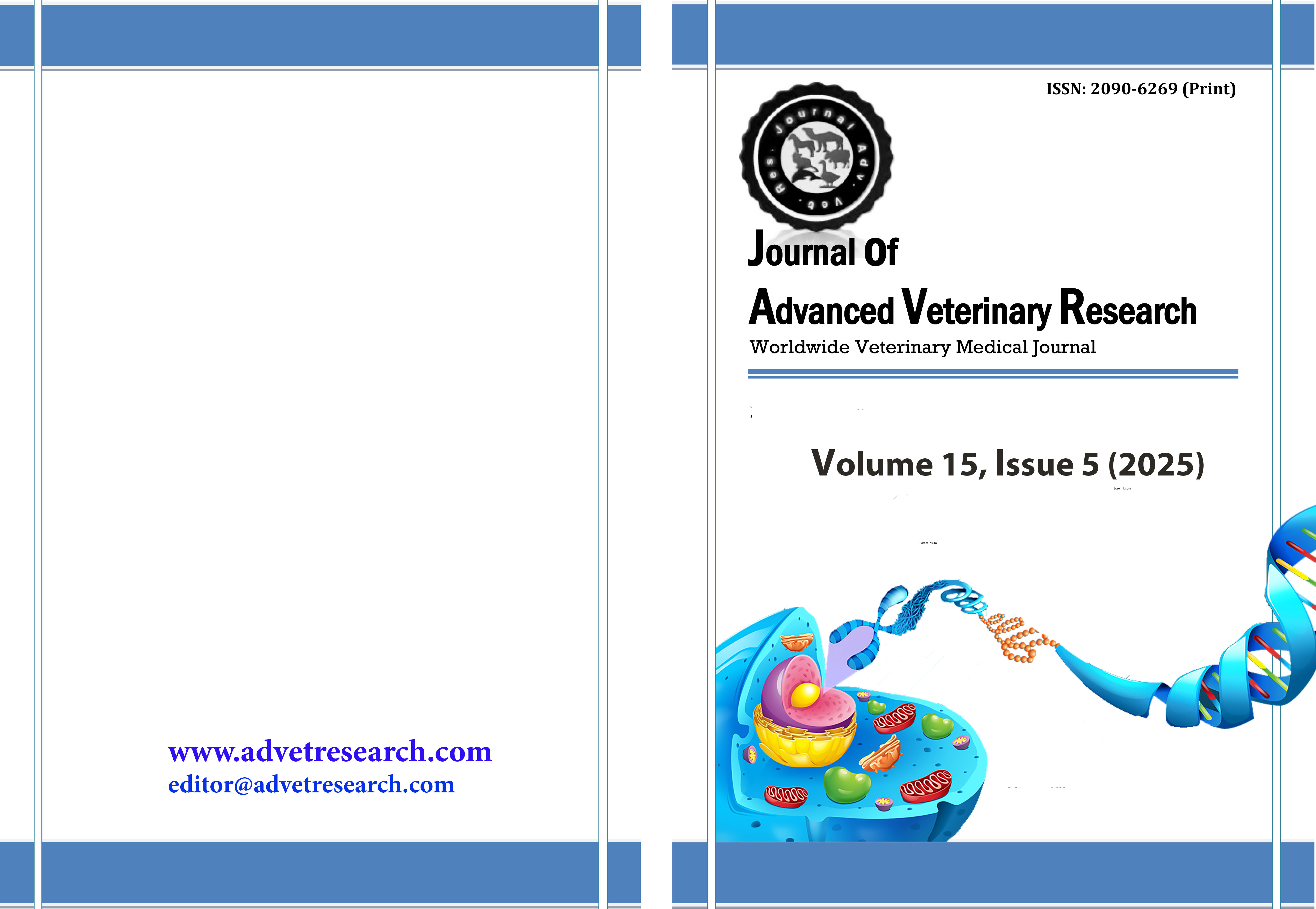Effects of fermented jamu on nutrient intake, milk production and udder health of dairy cows in smallholder farms
Keywords:
Fermentation, Flavonoid, Jamu, Milk production, Somatic cell countAbstract
Jamu is a word in the Javanese language, meaning traditional medicine made from plants. It is commonly used for humans but also has benefits for animals. The main objective of this study was to determine the effect of jamu containing Calliandra calothyrsus leaves, Carica papaya leaves, Curcuma longa Linn, fermented soybean (tempe) and molasses on nutrient intake, milk production and udder health. Jamu was given orally to the lactating dairy cow at a dose of 10 mL twice daily before milking. The study was conducted in Getasan, Central Java used 16 lactating Friesian Holstein crossbred cows with an average body weight of 455.12±40.32 kg and milk production of 10.65±1.95 l/day. This experiment used a 2 x 2 crossover design. The cows were grouped into control (fed basal ration) and treatment (fed basal ration and jamu oral). The parameters observed were in-vitro digestibility, nutrient intake, milk production, milk composition and somatic cell count. The results showed that jamu administration had no significant effect on in-vitro digestibility, nutrient intake, milk production and composition but significantly (P<0.05) reduced the somatic cell count from 8.6 x105to 5.1 x105. The conclusion of the study was that jamu did not increase nutrient intake and milk production but could improve the udder health of dairy cows.
Downloads
Published
How to Cite
Issue
Section
License
Copyright (c) 2025 Journal of Advanced Veterinary Research

This work is licensed under a Creative Commons Attribution-NonCommercial-NoDerivatives 4.0 International License.
Users have the right to read, download, copy, distribute, print, search, or link to the full texts of articles under the following conditions: Creative Commons Attribution-NonCommercial-NoDerivatives 4.0 International (CC BY-NC-ND 4.0).
Attribution-NonCommercial-NoDerivs
CC BY-NC-ND
This work is licensed under a Creative Commons Attribution-NonCommercial-NoDerivatives 4.0 International (CC BY-NC-ND 4.0) license




